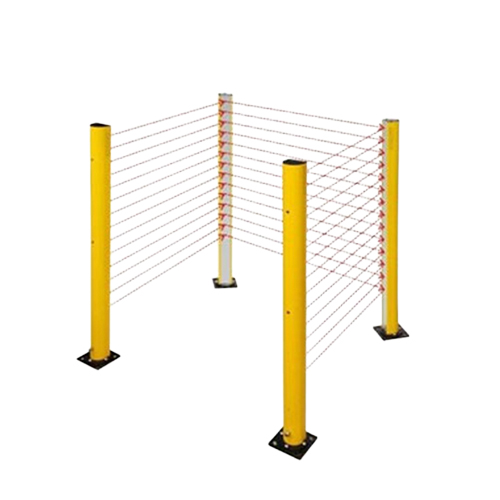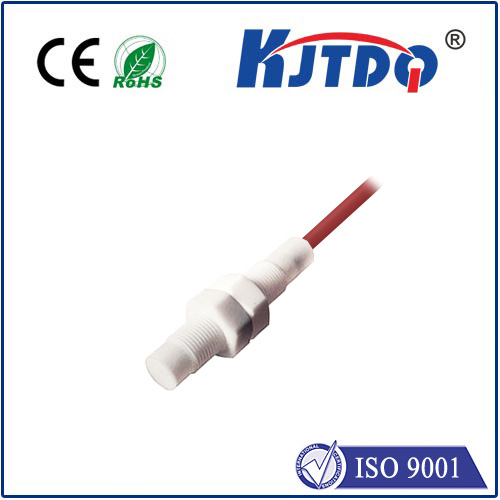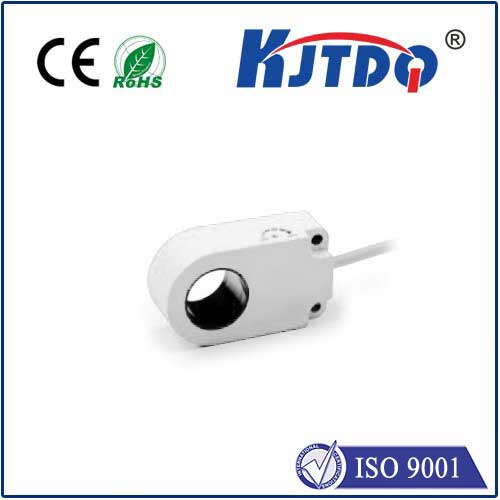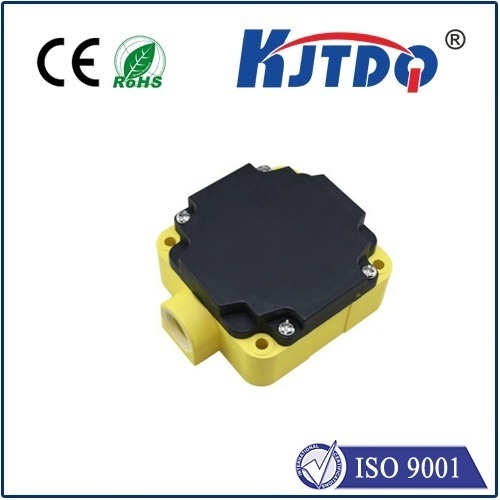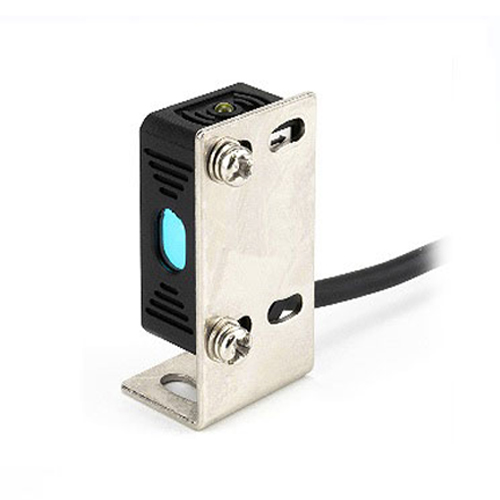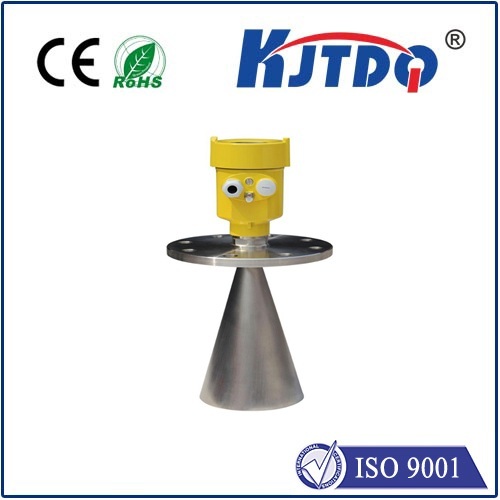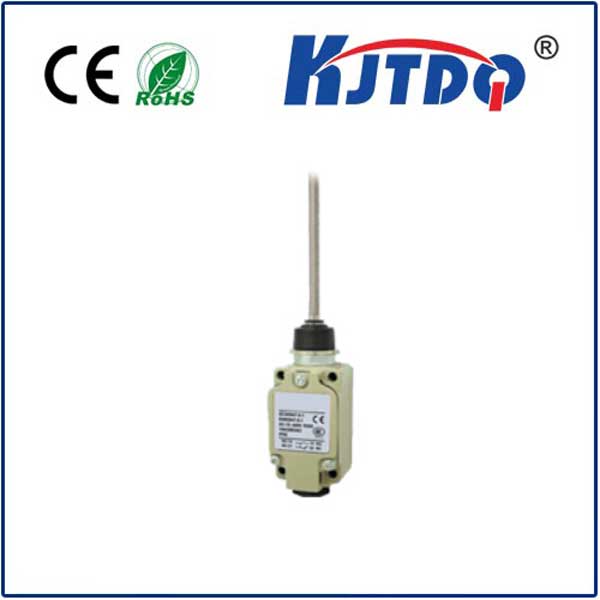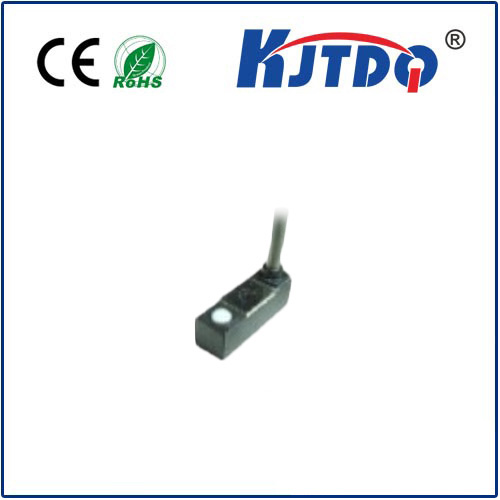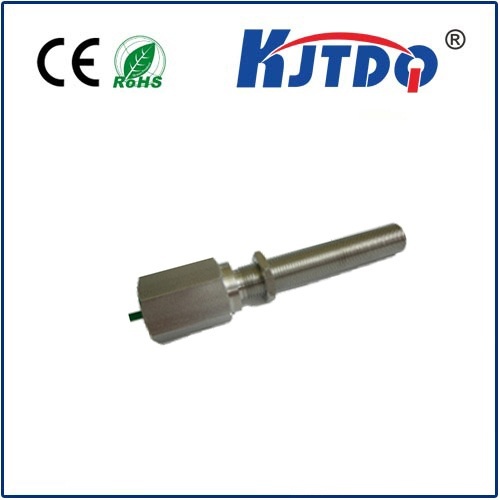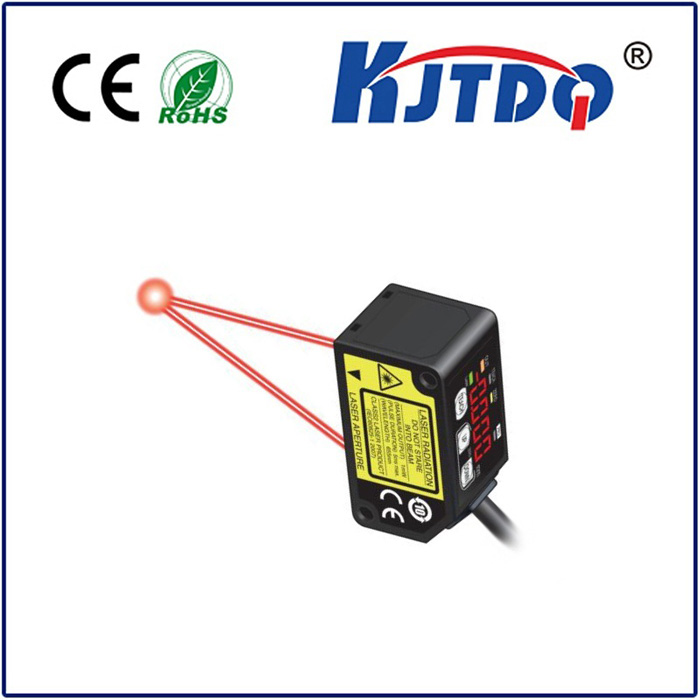Датчик приближения AC
- time:2025-07-15 08:24:32
- Нажмите:0
Proximity Sensing & AC: Unlocking Smarter Cooling Through Presence Detection
Ever walked into a room only to find the air conditioner blasting at full power for no one? Or perhaps you’ve experienced the frustration of a room warming up because the AC switched off prematurely, unaware you were still quietly working? These common inefficiencies point to a fundamental gap in traditional cooling systems: the inability to dynamically respond to actual human presence. This is precisely where proximity sensing technology steps in, revolutionizing how our AC units operate and paving the way for significantly smarter, more efficient, and more comfortable environments.
Understanding the Core: What are Proximity Sensors?
At their most basic, proximity sensors are devices that detect the presence or absence of an object within a defined range without physical contact. They achieve this by emitting a field or beam (electromagnetic, infrared, ultrasonic, capacitive) and monitoring changes caused by a nearby object’s presence. These sensors are ubiquitous, found in smartphones (turning off screens during calls), automatic doors, industrial machinery, and increasingly, within the realm of HVAC systems, particularly air conditioning.
Bridging the Gap: How Proximity Sensors Transform AC Operation
Integrating proximity sensors with AC systems fundamentally shifts their operational logic from simple timers or basic thermostats to intelligent, presence-aware systems. Here’s the core functionality:
- Real-Time Occupancy Detection: Instead of relying on scheduled timers or manual controls, proximity sensors continuously or periodically scan the designated space. When they detect motion or presence within their effective range, they signal the AC unit.
- Conditional Activation/Deactivation: This detection signal becomes a crucial input. The AC controller can be programmed to:
- Activate Cooling: If the room temperature is above the setpoint and presence is detected, the Автоуправление kicks in. No more returning to a sweltering room.
- Enter Low-Power/Standby: Crucially, when the датчик приближения indicates the room has been vacant for a predetermined period, the AC system can automatically ramp down cooling, increase the setpoint temperature slightly (e.g., by 1-3°C/2-5°F), or even enter a near-off standby mode. This phase, often called setback or unoccupied mode, is where significant energy savings are realized.
- Resume Optimal Cooling: As soon as the датчик приближения detects someone returning, the Автоуправление promptly resumes its normal cooling operation to restore comfort rapidly.
The Tangible Benefits: Why Integrate Proximity Sensing with AC?
The marriage of proximity sensors and air conditioning delivers compelling advantages:
- Significant Energy Savings: This is the most prominent benefit. By automatically reducing cooling output during unoccupied periods, energy consumption drops dramatically. Studies suggest occupancy-based AC control can yield savings of 10-30% compared to systems running constantly or on fixed schedules.
- Reduced Operational Costs: Lower energy consumption directly translates into lower electricity bills, offering a strong return on investment for the sensor integration.
- Enhanced Comfort & Convenience: Forget fiddling with remotes when entering a room. Occupancy detection provides a seamless experience – cool air arrives when needed. It also prevents returning to uncomfortably warm or cold spaces.
- Extended Equipment Lifespan: Reducing the runtime hours of the AC compressor by operating only when necessary lessens mechanical wear and tear, potentially extending the system’s overall lifespan.
- Smarter Automation: Presence detection is a cornerstone of truly intelligent building automation. It allows AC systems to be part of a holistic, responsive environment alongside lighting, security, and other systems.
Proximity Sensor Technologies Relevant for AC Integration
Several sensor types are suitable for AC presence detection, each with nuances:
- Passive Infrared (PIR): The most common and cost-effective for basic motion detection. Detects heat signatures (body heat) moving across zones. Effective for detecting entry/exits but less reliable for very still occupants. Ideal for residential and small office spaces.
- Microwave (Radar): Emits microwave signals and detects disturbances caused by moving objects. Can sense motion through thin materials (like furniture) and is excellent for detecting subtle movements (e.g., typing). Offers wider coverage than PIR but can be more expensive and potentially prone to false triggers from moving objects outside the intended zone. Excellent for areas requiring high sensitivity.
- Ultrasonic: Emits high-frequency sound waves and detects echoes. Sensitive to fine motion but performance can be affected by air currents, temperature changes, and absorbing materials. Less common than PIR or microwave for modern AC integration.
- Combined Sensors (e.g., PIR + Microwave): Increasingly popular, these use dual technologies to improve accuracy. For instance, microwave can detect minor movements missed by PIR, while PIR provides confirmation it’s a heat-emitting object, reducing false alarms. This offers the best balance of reliability and accuracy for critical applications.
Implementation Considerations: Making it Work
Successfully integrating a proximity sensor AC solution requires attention to:
- Sensor Placement: Crucial for reliable detection. Sensors must be positioned to cover the primary occupancy zones effectively – entry points, seating areas, desks. Avoid pointing directly at heat sources (windows, vents) or areas with frequent unintended movement (hallways visible through doors).
- Detection Range & Coverage: Match the sensor’s range and field of view to the room size and layout. Larger rooms may require multiple sensors.
- Sensitivity & Timing Settings: Adjust sensitivity to avoid false triggers (e.g., from pets or moving curtains). Fine-tune the delay time between loss of detection and AC setback, and the trigger time to resume cooling. Too short a delay causes frequent cycling; too long impacts comfort upon return.
- Integration Method: Newer, smarter AC units might have built-in support for occupancy sensors via proprietary protocols or standards like BACnet. Retrofit solutions often involve smart thermostats (like Nest, Ecobee, or specialized commercial controllers) that accept input from external proximity sensors. Wireless sensors offer easier installation flexibility.
- Power Source: Ensure reliable power (battery, wired, or PoE) for continuous operation.
The Future is Present-Aware
Proximity sensors are no longer exotic technology; they are a practical, accessible tool for optimizing air conditioning. By enabling AC systems to know when people are actually present, this technology moves us beyond reactive or scheduled cooling towards truly responsive and intelligent environments. The result is a compelling trifecta: reduced energy bills, a smaller carbon footprint, and demonstrably improved comfort. As sensor accuracy improves and integration becomes even more seamless, proximity sensor AC functionality is poised to become an expected standard, rather than a luxury, in both homes and commercial buildings, making inefficient cooling a relic of the past.
